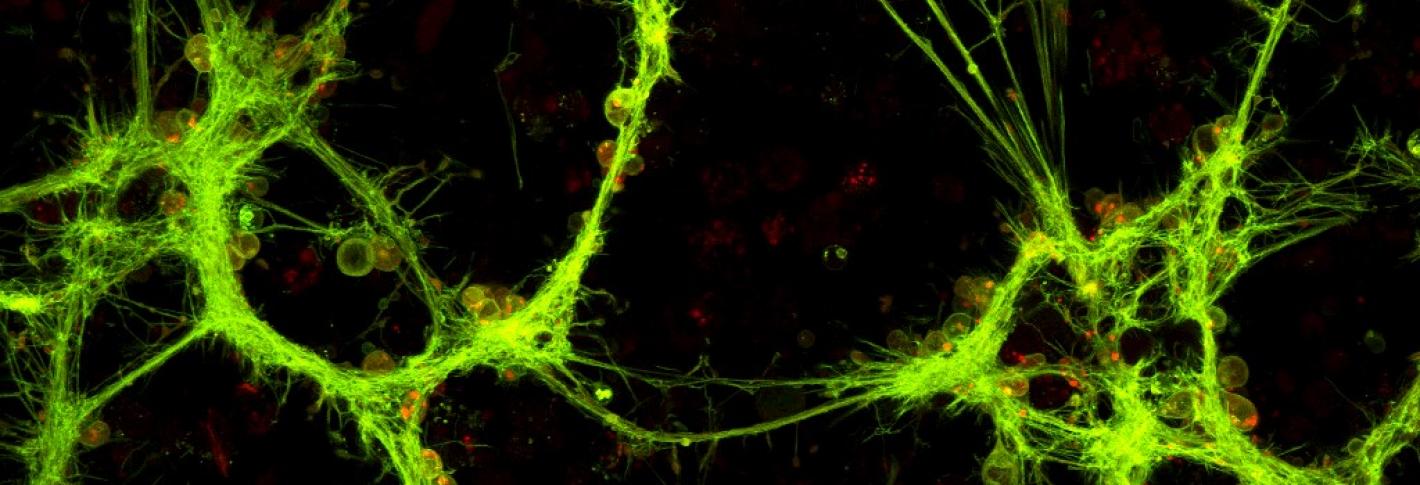Huntington’s disease is an inherited fatal neurodegenerative disease that leads to serious motor, cognitive and psychiatric problems for patients. In the brain, mutation in the huntingtin gene leads to a runaway aggregation of the resulting polyglutamine rich protein.
To visually track that aggregation in vivo, the Littleton’s Lab engineered Huntington’s model fruit flies to produce the normal protein and the aberrant one attached to fluorescent proteins that permit in vivo imaging and tracking of the protein over development. That led to key observations about disease pathology and when and where aggregation occurs. The lab has engineered many other fruit fly models for fundamental and disease research as well.
The technology has contributed to a testbed for drug screening. Former postdocs Katharine Sepp and Joost Shulte have formed the startup Oxalys, which hopes to advance the drug OXD4, originally discovered for its ability to reduce toxicity in the Drosophila Huntingon’s Disease model, to treat neurodegenerative diseases including Huntington’s.


